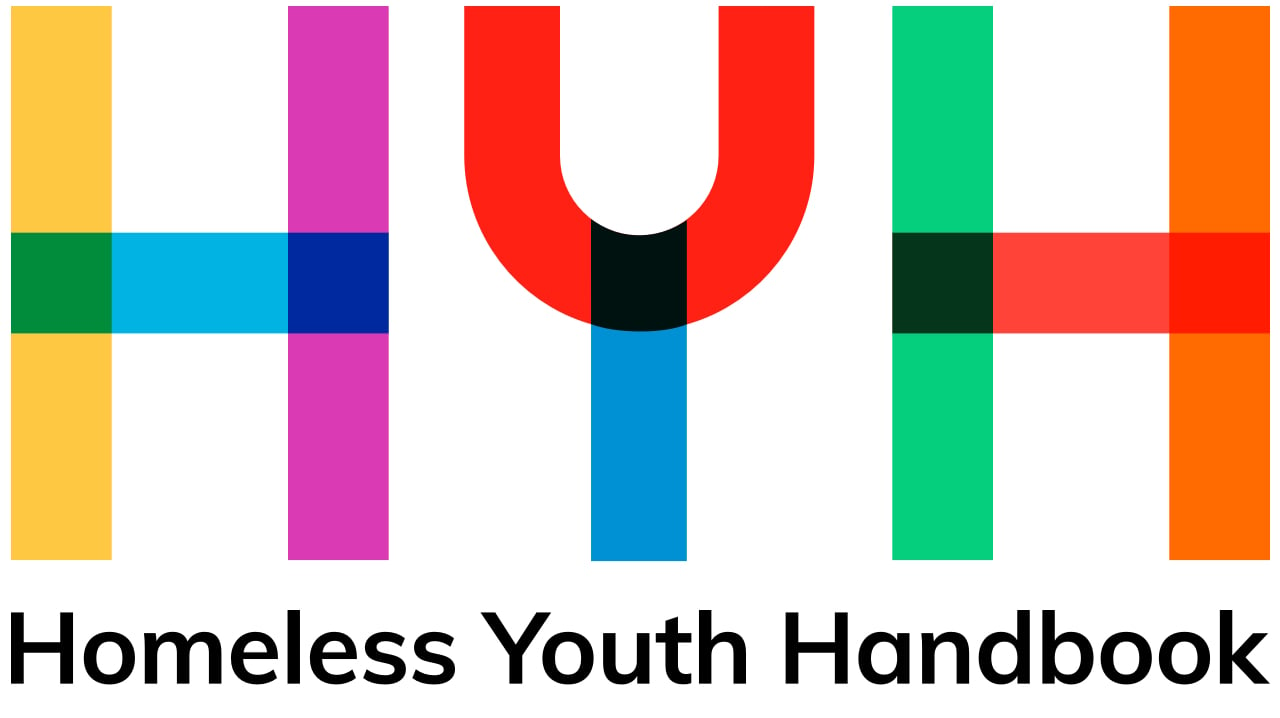California
Foreword
WHAT DOES THE LAW HAVE TO DO WITH YOUTH HOMELESSNESS?
By: Bay Area Legal Aid, Tipping Point Community, Google, and Baker McKenzie
Homelessness means more than simply being without a stable place to sleep. Homelessness describes those who have been dislocated from systems, ejected from support networks, and left with few – if any – safe places to turn. At its core, homelessness indicates catastrophic failure of public systems and our fundamental responsibility to each other. At its worst, homelessness means being without a place that society agrees you can be. Do not sit here. Do not stand there. Do not sleep anywhere.
Such displacement and expulsion can be even more dire for youth. Imagine being a 17-year-old who is told that simply sleeping or resting is an illegal activity or that you can no longer attend school – your lone place of safety – simply because you no longer have a functioning mailing address. Or worse, when you go for help, you are called “just a runaway” as if experiencing homelessness is something you do lightly for fun and adventure. As if it is your fault. No one asks you what, exactly, you are running from. No one tells you of the legal rights and due process protections you are being denied.
In California, we are in the middle of a youth homelessness crisis. On any given night, it is estimated that there are over 11,000 unaccompanied youth experiencing homelessness in our state representing more than 30% of all of the homeless youth in the country. More than 75% of those youth are considered unsheltered – meaning that they have no safe place to sleep inside. Many of these youth are actively in crisis. National estimates suggest that homeless youth have an 83% chance of being exposed to a violent event while homeless. More than 40% were assaulted or physically attacked in the past year. A study of the Oakland-San Francisco Bay Area indicated that almost 40% of girls who were experiencing homelessness had been sex trafficked and more than half were trying to cope with mental health needs.
Federal surveys of youth homelessness shelters also strongly suggest that these youth were no safer in homes with previous parents or caregivers. More than 80% of those surveyed reported some level of abuse in their last home with more than 30% being sexually assaulted by their “caregiver” and more than half had been physically beaten. If these youth are runaways, their running is a justifiable survival response. They run from nightmares.
So what does the law have to do with youth homelessness? It turns out quite a lot. Through the process of developing this youth homelessness legal handbook, we talked to youth experiencing homelessness and providers – including lawyers – who work with them. We listened to their experiences, concerns, and most urgent questions. Then, we went to the law and other legal resources – including Homeless Youth Manuals in other states – to find information related to those questions.
What we found was a dizzying array of legal entitlements, protections, and processes underlying the public systems that youth experiencing homelessness were having difficulty accessing or even knowing about. Emergency funding and access to food that youth were erroneously denied because they were under 18. Education resources that were unobtainable because they had no parent to enroll them. Restraining orders to protect them from adults and traffickers who were trying to do them harm that no one suggested or explained. Free housing to which they were legally entitled but knew nothing about. In other words, the law can be enormously helpful in helping youth experiencing homelessness access cash, food, healthcare, housing, safety, and more. And oftentimes, you do not have to be a lawyer to get these things – you just need to know they exist and that youth may be entitled to them.
This Homeless Youth Handbook is one way we are trying to get this urgent information about the law into the hands of youth experiencing homelessness and the adults who are working with them. Each chapter of the handbook focuses on an area of substantive law or how law impacts a particular vulnerable population. The Homeless Youth Handbook – California provides legal rights and resources based on applicable California law as well as other applicable federal rights and resources. This Handbook is designed to serve the youth themselves as well as others – relatives, friends, shelter providers, teachers, attorneys, social workers – who work with youth who need this information.
This handbook is also written from the perspective and with the belief that youth can and frequently are their best caregiver. While we talk about youth experiencing homelessness, we know that homelessness does not define them. People are not their problems and youth especially have an infinite capacity to learn, to grow, and to heal. This handbook is designed so that youth can have the information they need to self-resolve and to be able to better work with other adults – such as lawyers, advocates, and providers – to obtain the resources and entitlements they most urgently need.
The work product resulting in the Homeless Youth Handbook - California resource is the culmination of a year's work for over 75 volunteers as researchers, drafters, editors, technology support, and many other functions. Our team contributed more than 1,000 pro bono hours to make an impact on the youth throughout the State of California. This Handbook is a collaborative work product of Bay Area Legal Aid, Tipping Point Community, Google, and Baker McKenzie. We hope you find it helpful and, more importantly, that you find a way to get some of the information included herein into the hands of a youth who needs it.
Genevieve Richardson
Executive Director
Bay Area Legal Aid
Brian Blalock
Director, Law + Policy
Tipping Point Community
Susan Jang
Corporate Counsel, Legal Impact Committee Member
Susan Eandi
Principal
Baker McKenzie




